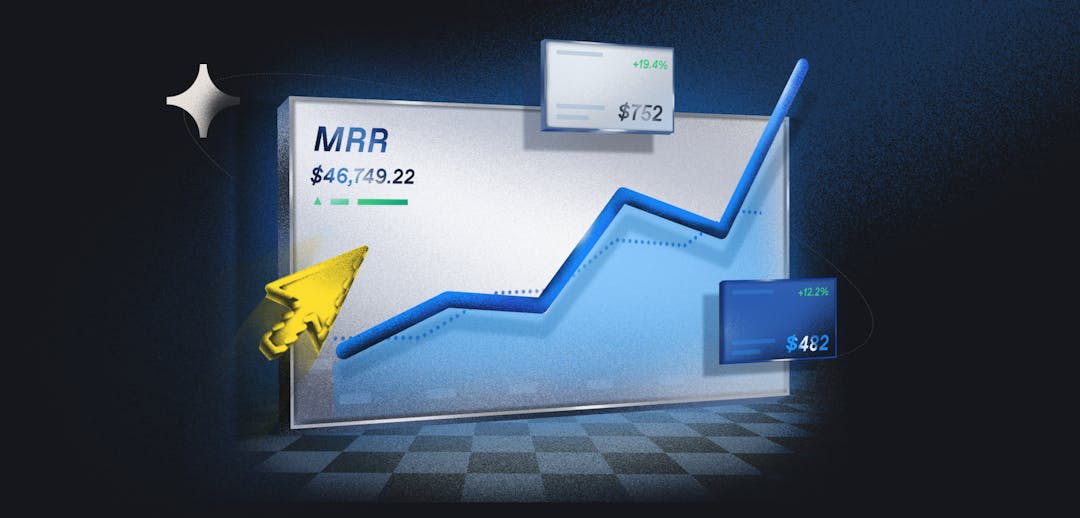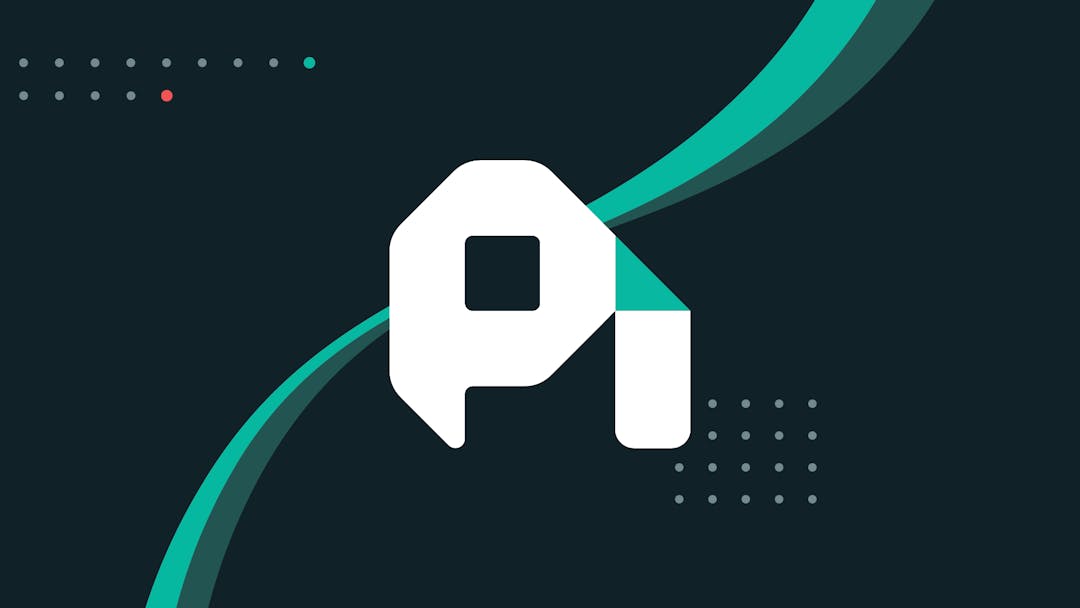As consumers shift to using more and more subscription services than they have in the past, businesses are looking for a way to simplify that experience for their customers and increase retention. What was once covered by a single cable bill is now made up of several streaming subscriptions. Software that was once paid for once every few years when a new version came out, is now a monthly expense.
While these changes are generally good, offering more choice to consumers, and more flexibility to development teams, enterprise businesses have discovered that bundling select services can offer a similar level of choice to the current approach, while offering some of the simplicity of the previous approach. This has led to a new form of subscription model known as rundle.
What is rundle?
Subscription services have taken off in recent years. They were first popularized by the SaaS business model. Selling a subscription to software instead of a permanent license allows developers to continually refine the product. Customers end up paying around the same amount as they would to buy a new version every few years, but wait less time for new features.
Ubiquitous access to broadband made such a model possible, which is also why we saw the rise of streaming video services around the same time. These allowed customers to pay less money by selecting only the services they wanted, reducing the monolithic cost of a cable bill and providing more on-demand access to the content at the same time.
Now, following the success of the subscription model that was opened up by the availability of broadband, brands offer monthly subscriptions to frequently used physical goods as well. You can get subscriptions for everything from grooming products to entire meals.
With the rise of this new way of doing business, companies are looking for a way to further stand out from the crowd, and manage the ever-present challenge of a subscription business model: churn. One way they're doing this is by bundling must-have services to increase the perceived value, and the stickiness, of their subscriptions. These subscription bundles are called rundles.
How was the term coined?
So, why use the term rundle and not just bundle? The term comes from a professor of marketing at NYU, Scott Galloway, who is also a successful podcaster. Scott hosts a show examining who is and isn't performing well in a changing economy, and helps businesses understand how they can mimic these successes. He coined the term, rundle, as an abbreviation of recurring revenue bundle.
While there's certainly a similar mentality to the appeal of the rundle as there is to a plain bundle, Scott makes the distinction for subscription brands. Rundles are a shift in the paradigm of how subscription services are offered, and with such new ways of thinking, often comes new terminology to describe them.
What are the types of rundle?
With any shift in how business is conducted comes variations on that shift. Rundles are no different. What started as straightforward bundling, has now evolved as brands look for innovative ways to increase value and improve customer retention. Today, there are three main types of rundle being used:
- Organic bundles
These are the traditional bundles that existed long before rundle was a concept. With an organic bundle, brands or services and offer them as a package to consumers at a reduced price. This tried and true method gave birth to the rundle concept and the expansions on it that followed. Amazon Prime uses this to great effect, bringing together many of Amazon's features and services into a single monthly package. - Aggregator bundles
This type of bundle has also existed for a long time, though with much less frequency, before it was embraced by subscriptions-based companies. Perhaps its original form was the "build your own combo meal" concept that some restaurants have. Brands that have a large enough selection of products can allow consumers to create their own bundle of those products and receive a discount on the total price. HubSpot uses this method for their various Hub offerings. - Partnership bundles
While this type of bundle may have existed before in some form, it's largely an innovation upon the rundle concept. With partnership bundles, multiple brands with products who work well together join forces to offer a bundle of those services. For example, a streaming music service could offer a bundle with a streaming video service. A real-world example is Hulu bundling their content delivery service with Showtime's content.
Why is rundle becoming so popular?
One of the big advantages of rundles is that they provide an obvious benefit to both businesses and consumers. The switch to subscription-based products and services has altered the way people perceive value. Streaming services allow customers to cut the large cable bill and pay less by purchasing only what they want. SaaS provides faster update frequencies and an easier monthly expense rather than a single large upgrade fee. Physical items that are purchased regularly anyway are delivered effortlessly, and often with higher quality than their in-store counterparts.
Rundles, especially the more innovative ones that have arisen, allow consumers to retain those benefits while saving them money and simplifying budgeting. In turn, this added perceived value gives subscription-based companies a more loyal customer base.
What are the benefits of rundle?
To better understand why rundles are changing the subscription landscape and becoming a popular business model, let's take a closer look at the benefits they offer to the companies who use them and their customers. Below are some of the major benefits of rundles, followed by some of which are unique to partnership bundles.
- Discount prices
This is the main reason bundles have always been popular. When products are bundled, it increases the amount a customer spends. With this guaranteed increase, businesses can afford to lower prices in order to incentivize it. For customers who want all the items anyhow, they've saved money. Bundling has long been a win-win for everyone involved. - Easier billing
The advantage of subscription services is also a bit of an annoyance for some consumers; needing to manage several subscriptions at once makes it harder to keep track of where money is going and when it will be coming out. Rundles reduce that burden and make it easier for consumers to budget. - Streamlined costs and business operations
Easier billing extends to businesses as well, one payment is more streamlined to process and keep track of than multiple. But that extends to other aspects of business operations as well. Rundles can streamline several areas of business operations by merging several revenue streams into one. The effect is only amplified when a partnership bundle is in play.
Now let's take a closer look at how partnership bundles bring added value to the companies who choose to take part in them.
- Potential for data sharing
Every business knows the value of data. Having as much information as possible about your customers allows you to better anticipate their needs, determine and reduce the and effectively create brand messaging. When companies share a customer base, they're also creating the opportunity to share data. - Unified customer support
Sharing data and combining business operations brings a huge benefit to the customer service department. For customers, it allows them to have a single point of contact for multiple services. For businesses, customer support agents will now have a more complete picture of the problems a customer has experienced previously to more effectively help them with their current issue. - Better brand awareness
Anytime two businesses work in partnership with one another, it brings added visibility to each of them. The entire customer base of each business is now being exposed to the partner business. Even when both brands were well-known, this serves to increase brand awareness and reputation.
How can Paddle help businesses that utilize the rundle business model
Here at Paddle, our goal is help subscription businesses succeed by achieving faster recurring revenue growth. And part of how you do that is through your pricing—proper pricing. Though pricing plays a crucial role in the growth of your revenue, most businesses neglect this aspect. Adequately pricing your product or service can be complicated, and as subscription businesses continue to grow and evolve, so should your pricing strategies—including your rundle strategies.
OurPrice Intelligently software and methodology is a powerful pairing of our proprietary algorithms and market panel, as well as a team of the best subscription and pricing economists in the world. We do all the work for you and ensure your pricing strategy is driven by data and get your subscription pricing on track to unlocking 30% more growth.
Rundle FAQs
What is a rundle in business?
A rundle is a term for subscription-based businesses who choose to bundle several of their products together or to bundle their products with those of a strategic partner. The word is a shortening of the phrase "recurring revenue bundle," and was coined due to the changes in the way traditional bundling was offered as it adapted to the unique needs of subscription business models.
Who is Scott Galloway?
Scott Galloway is a professor of marketing at NYU. He is also a popular podcaster, who hosts the Prof G Pod podcast, where he discusses how businesses can get ahead in an increasingly innovation-based economy. He's the person who coined the term, rundle, to describe how subscription-based businesses were taking advantage of, and re-shaping, product bundles.
What is a rundle bundle?
At the core, a rundle bundle is merely a bundling of products or services offered by a subscription-based company. In addition to traditional-style bundles, rundles can also include the option for customers to create their own bundles based on a company's product selection, or to bundle products from multiple companies who have complementary product offerings.


